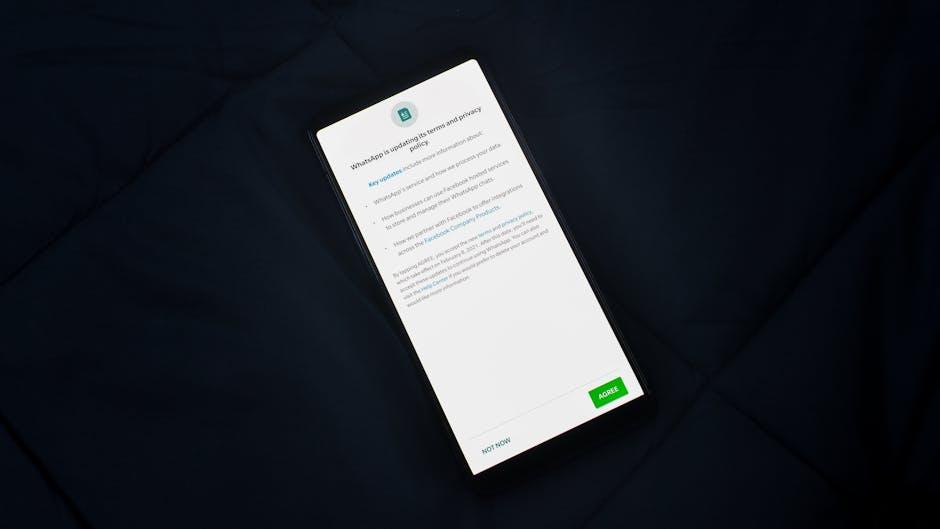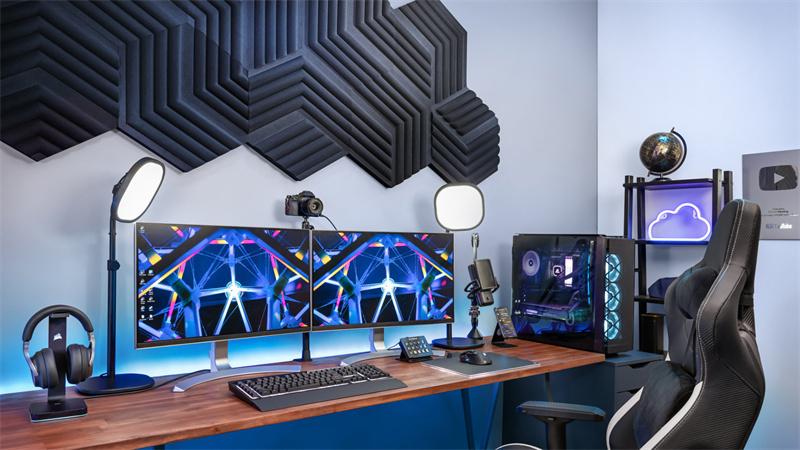In today’s digital age, streaming has become an integral part of our entertainment experience, allowing us to enjoy movies, TV shows, music, and live events with unparalleled convenience. However, with the proliferation of smart devices in our homes, from televisions and laptops to smartphones and tablets, the challenge of setting up streaming on multiple devices simultaneously can be daunting. Whether you’re hosting a movie night, sharing a playlist throughout your home, or ensuring everyone in the family can watch their favorite shows on their own screens, knowing how to efficiently manage and synchronize streaming across various platforms is essential. This article will guide you through the process of setting up streaming on multiple devices at once, offering practical tips and step-by-step instructions to ensure a seamless and enjoyable viewing experience for all.
Choosing the Right Streaming Platforms and Devices
When setting up streaming across multiple devices, it’s crucial to select platforms and devices that best suit your needs. Streaming platforms like Netflix, Hulu, and Disney+ each have unique content offerings and compatibility with various devices. Consider the content library, subscription cost, and device compatibility when choosing a platform. For instance, if you’re a fan of original series, Netflix might be your go-to, whereas Disney+ is ideal for family-friendly and Marvel content.
In terms of devices, options range from smart TVs and streaming sticks to gaming consoles and smartphones. Each device has its advantages:
- Smart TVs offer a seamless experience with integrated apps.
- Streaming sticks like Roku or Amazon Fire TV are affordable and easy to set up.
- Gaming consoles such as PlayStation and Xbox can double as powerful streaming devices.
- Smartphones and tablets provide portability and convenience.
Evaluate your household’s viewing habits and existing technology to determine the best combination of platforms and devices, ensuring a smooth streaming experience for everyone.

Configuring Network Settings for Optimal Performance
To achieve seamless streaming across multiple devices, fine-tuning your network settings is crucial. Start by ensuring your router is positioned centrally in your home to maximize coverage. Enable Quality of Service (QoS) settings to prioritize bandwidth for streaming services, reducing buffering and improving video quality. It’s also advisable to update your router’s firmware regularly for enhanced performance and security.
- Switch to a 5 GHz frequency band if your router supports dual-band, as it typically offers faster speeds with less interference than the 2.4 GHz band.
- Limit the number of devices connected simultaneously to avoid network congestion.
- Use wired connections for devices that support Ethernet for more stable and faster streaming.
For those using Wi-Fi, consider investing in a mesh network system to eliminate dead zones and provide consistent coverage throughout your home. Implementing these adjustments can significantly enhance your streaming experience, ensuring smooth playback even when multiple devices are connected.

Synchronizing Content Across Devices
To ensure a seamless experience across all your devices, it’s crucial to have your content in perfect harmony. This involves not only having access to your favorite shows and movies wherever you are but also keeping your preferences and watch history synchronized. Here’s how you can achieve this:
- Choose a Compatible Streaming Service: Opt for services that support multi-device streaming. Popular platforms like Netflix, Hulu, and Disney+ offer this feature, allowing you to switch between devices without missing a beat.
- Utilize Cloud-Based Solutions: Many services provide cloud storage for your viewing preferences and history. Ensure your account is linked and actively syncs with the cloud to maintain consistency.
- Enable Automatic Updates: Keeping your apps updated ensures that any new features or synchronization improvements are automatically implemented.
- Check Device Compatibility: Ensure that all devices support the streaming service’s app or browser version to avoid interruptions.
By following these steps, you can enjoy a consistent and personalized streaming experience, no matter where you are or what device you’re using. This synchronization not only enhances convenience but also maximizes the value of your streaming service subscription.

Troubleshooting Common Multi-Device Streaming Issues
When streaming across multiple devices, users may encounter a variety of issues that can disrupt their experience. Here are some common problems and their potential solutions:
- Buffering and Lag: Ensure your internet connection is stable and has sufficient bandwidth. You may need to upgrade your plan or limit the number of devices connected simultaneously. Also, consider adjusting the streaming quality settings to a lower resolution.
- Device Compatibility: Verify that each device is compatible with the streaming service you are using. This may involve updating the device’s software or using an alternative app that supports the streaming platform.
- Account Limitations: Check if your streaming account allows multiple simultaneous streams. Some services require a premium subscription to access multi-device streaming features.
- Network Configuration: Ensure that your router is configured correctly, with proper QoS (Quality of Service) settings to prioritize streaming traffic. Reboot your router if necessary to resolve any temporary connectivity issues.
By addressing these common concerns, you can enhance your multi-device streaming experience, ensuring seamless access to your favorite content.







































